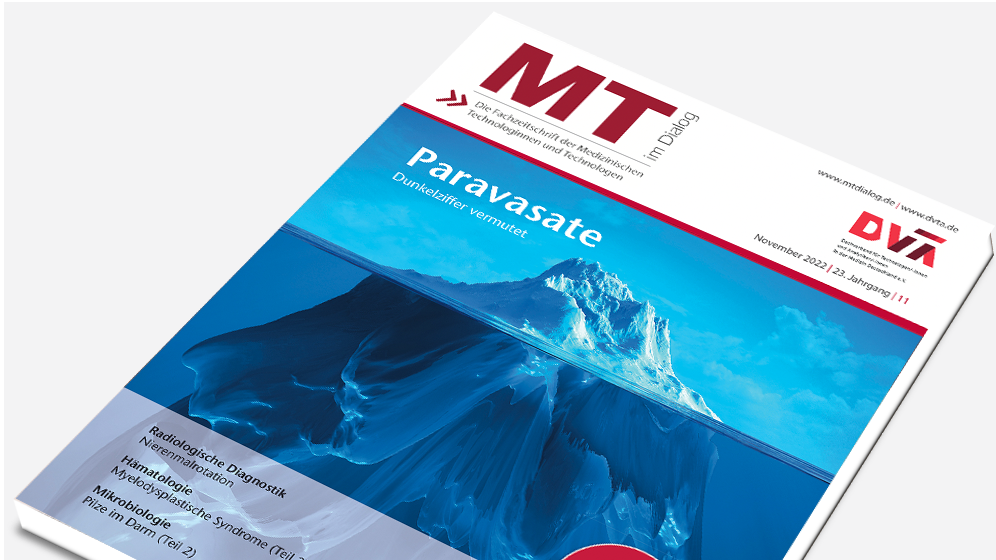Which are the relevant germs found in food
This is so critical for our health because certain microorganisms in our food can cause foodborne diseases (colloquial: food poisoning). There are four types of microorganisms: bacteria, viruses, fungi, and protozoa. Amongst these are pathogenic (causing diseases) and non-pathogenic (harmless) organisms.
This article will focus on the most frequently occurring pathogenic bacteria in food:
- Salmonella: egg products, meat products, chocolate, spices
- Staphylococcus: meat products, egg- and milk products, pasta products
- Listeria: meat products, milk products, fish, vegetable
- Escherichia: meat, raw milk, faecal contamination (of water)
Which characteristics do the principle foodpathogenic bacteria have?
Salmonella
Salmonella (two species: S.…
Dann nutzen Sie jetzt unser Probe-Abonnement mit 3 Ausgaben zum Kennenlernpreis von € 19,90.
Jetzt Abonnent werden

